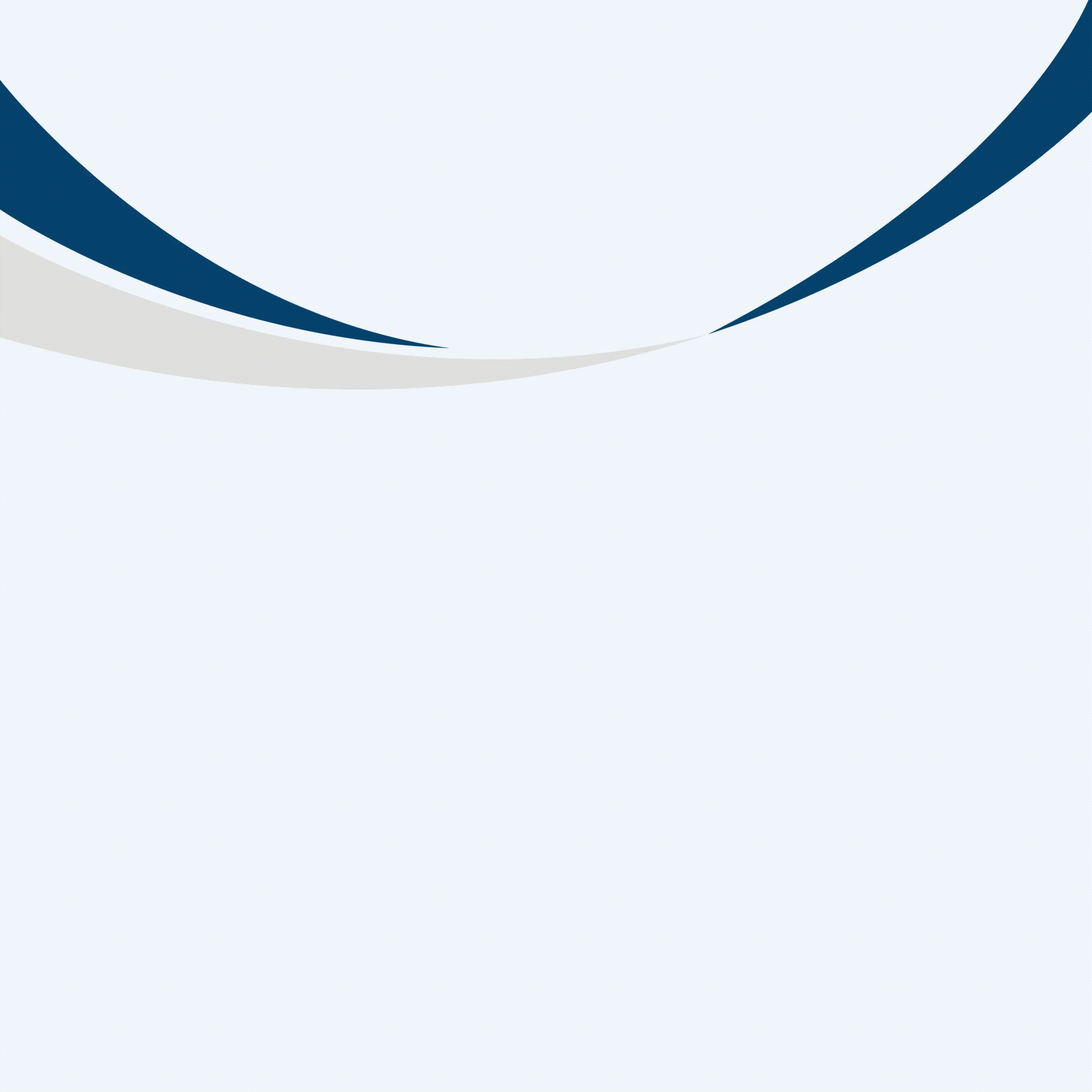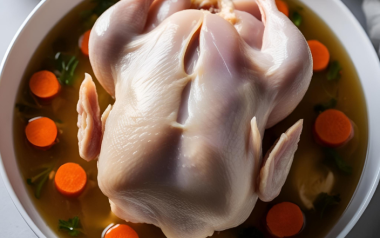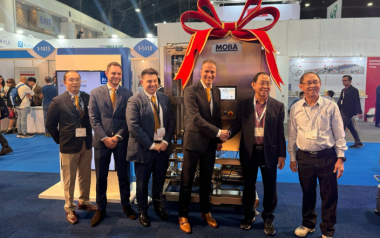Sources: Available upon request
23 Aug 2024
The future of global chicken production
The global poultry industry is poised for significant growth over the next decade, with projections indicating an increase of approximately 20 million metric tons (mt) in chicken production.
The global poultry industry is poised for significant growth over the next decade, with projections indicating an increase of approximately 20 million metric tons (mt) in chicken production. This surge is driven by various factors, including rising demand, advancements in production technologies, and shifts in dietary preferences worldwide.
Rising demand and consumption
One of the primary drivers of this growth is the increasing global demand for chicken meat. As populations continue to grow, particularly in developing countries, the need for affordable and accessible protein sources becomes more pressing. Chicken, being relatively inexpensive compared to other meats, is often the preferred choice. Additionally, the health benefits associated with white meat, such as lower fat content compared to red meat, have made chicken a popular option among health-conscious consumers.
Technological advancements
Technological innovations in poultry farming are also contributing to the anticipated increase in production. Advances in breeding techniques, feed efficiency, and disease management have significantly improved the productivity of poultry farms. For instance, genetic improvements have led to faster-growing chickens that require less feed to reach market weight. Moreover, the adoption of automated systems for feeding, watering, and monitoring the health of flocks has streamlined operations, reducing labor costs and increasing overall efficiency.
Regional contributions
Different regions around the world are expected to play pivotal roles in this growth. Latin America, particularly Brazil, is already a major player in the global poultry market and is set to expand its production further. The region benefits from favorable climatic conditions, abundant feed resources, and a well-established poultry industry. Similarly, countries in Asia, such as China and India, are ramping up their production capacities to meet the growing domestic demand.
Environmental and sustainability considerations
While the increase in chicken production presents economic opportunities, it also raises environmental and sustainability concerns. The poultry industry must address issues related to resource use, waste management, and greenhouse gas emissions. Sustainable practices, such as improving feed conversion ratios and adopting renewable energy sources, are essential to mitigate the environmental impact of increased production. Additionally, there is a growing emphasis on animal welfare, with consumers demanding more humane treatment of livestock.
Market dynamics and trade
The global poultry market is highly dynamic, with trade playing a crucial role in balancing supply and demand. Countries with surplus production, like Brazil and the United States, are major exporters of chicken meat. On the other hand, regions with high consumption rates but limited production capacities, such as the Middle East and parts of Africa, rely heavily on imports. Trade policies, tariffs, and international agreements will continue to shape the flow of poultry products across borders.
Challenges and opportunities
Despite the positive outlook, the poultry industry faces several challenges. Disease outbreaks, such as avian influenza, can disrupt production and trade, leading to significant economic losses. Additionally, fluctuations in feed prices, driven by factors like climate change and geopolitical tensions, can impact the profitability of poultry farming. However, these challenges also present opportunities for innovation and resilience. Investments in biosecurity measures, research on alternative feed sources, and the development of robust supply chains are critical for sustaining growth in the industry.
Conclusion
In conclusion, the global chicken production industry is on the brink of substantial growth, with an expected increase of 20 million metric tons over the next decade. This growth is fueled by rising demand, technological advancements, and regional contributions. However, it is imperative for the industry to address environmental, sustainability, and market challenges to ensure a balanced and resilient future. As the world continues to evolve, the poultry industry must adapt and innovate to meet the needs of a growing population while maintaining its commitment to sustainability and animal welfare.








































